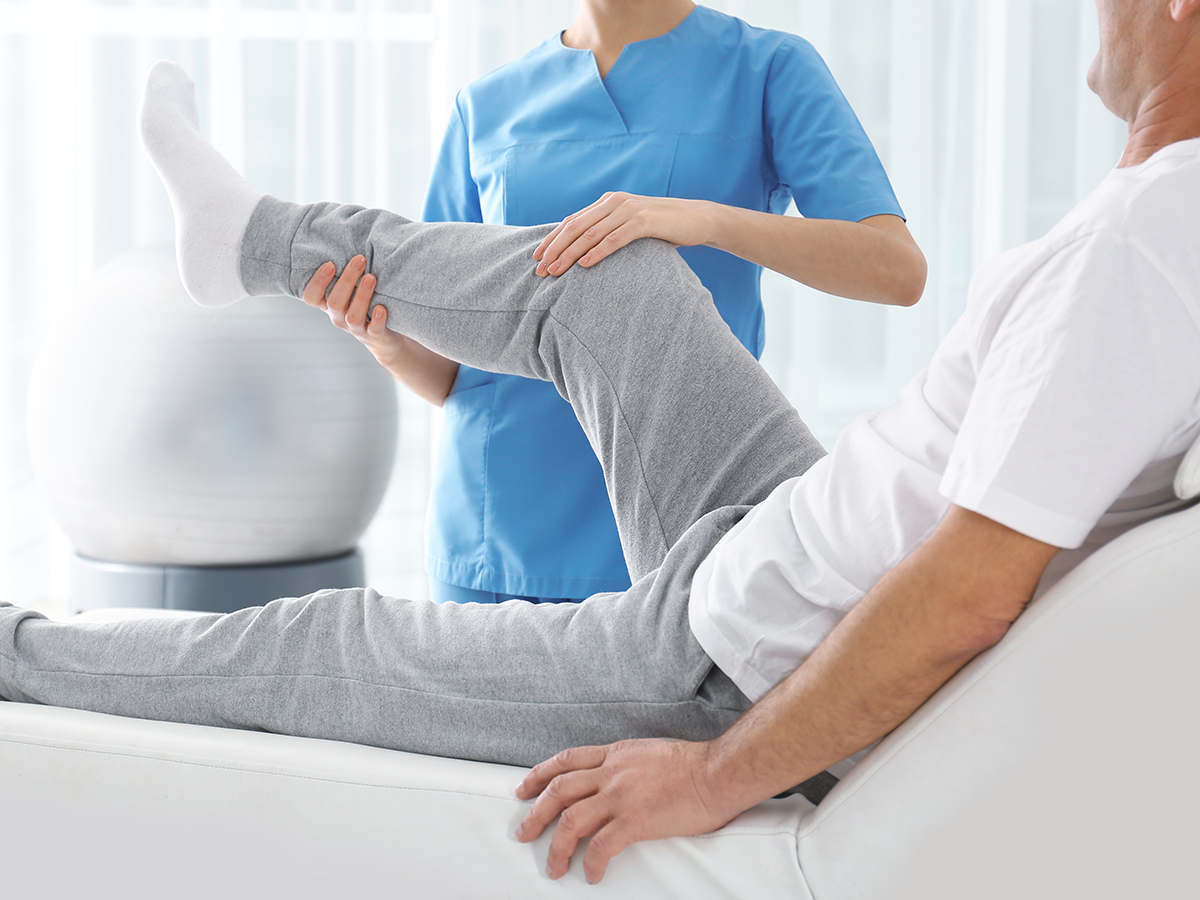One common manual treatment method is vertebral adjustment. This method involves using controlled force to the spine to improve alignment and reduce pain. Research has shown that spinal manipulation can be effective in treating lower back pain and neck pain. Another technique is soft tissue mobilization, which focuses on relieving tension in the muscles and connective tissues. This can help reduce stiffness and improve flexibility, making it easier for patients to move without discomfort. Both techniques can be customized to satisfy the specific needs of each patient, ensuring a personalized method to treatment.
In furthermore to discomfort alleviation, hands-on treatment can improve client results in multiple aspects. For example, it can boost blood flow, which helps supply this content nutrients and essential elements to the affected areas of the body. Better circulation can also promote healing and alleviate swelling. Additionally, hands-on treatment can help patients gain better body awareness, which is crucial for avoiding subsequent trauma. By understanding how their physiques function, patients can make more informed choices about their activities and alignment, leading to sustained benefits.
The effectiveness of hands-on therapy is often supported by patient responses. Numerous patients indicate notable gains in their pain levels and overall function after receiving treatment. This favorable reaction can lead to increased motivation for patients to engage in rehabilitative exercise and recovery exercises. When patients feel better, they are more likely to participate in their recovery journey, which can additionally improve their outcomes. This collaborative approach between the provider and the client is essential for achieving lasting results.
In summary, hands-on therapy techniques play a vital role in alleviating musculoskeletal discomfort and enhancing patient outcomes. By using methods such as vertebral adjustment and gentle tissue manipulation, medical professionals can help patients regain movement and alleviate discomfort. The benefits of hands-on treatment extend beyond instant discomfort alleviation, as it also promotes healing and motivates patients to take an active role in their recovery. As more people look for effective treatments for muscle and joint concerns, manual treatment continues to be an important option in the field of medicine.
